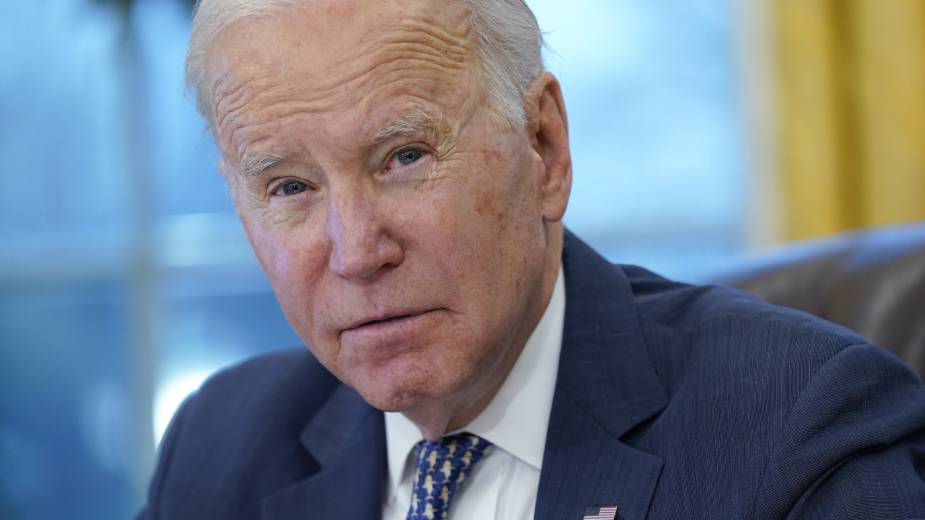Ohio Manufacturers Oppose New EPA Regulations
YOUNGSTOWN, Ohio – Officeholders, manufacturing concerns and labor unions say new regulations proposed by the U.S. Environmental Protection Agency to strengthen air quality standards threaten the manufacturing base of Ohio and its economy.
“This is something that’s going to affect businesses not only across the state of Ohio but across this nation,” U.S. Rep. Bob Latta, R-5, Ohio, said during a conference call Monday. Joining Latta on the call were Eric Burkland, president of the Ohio Manufacturers’ Association, Ross Eisenberg of the National Association of Manufacturers, and Karen Kerrigan and Raymond Keating of the Center for Regulatory Solutions.
Latta says there are some 60,000 manufacturing jobs in his district in northwestern Ohio, which includes Findlay. These jobs and Ohio’s economic recovery could be seriously compromised should the EPA impose new regulations that, he says, would place undue compliance burdens on manufacturers across the state.
The EPA proposes that the federal ozone standard be lowered to a range of between 65 and 70 parts per billion from 75 parts per billion. “The real problem is that the EPA keeps coming out with new rules before they can get everything else implemented,” he said, noting that the agency has yet to fully promulgate the standards it upgraded in 2008.
“It could very well put the entire state out of attainment and put us into nonattainment,” he said. “How are existing businesses going to meet their ability to keep manufacturing here? This is not the time to be doing this.”
On Monday, The Center for Regulatory Solutions, an industry-backed think tank, released a new study, which posits that complying with new EPA regulations could cost Ohio businesses $28 billion annually should the new standards be adopted along with 22,000 jobs.
The organization has compiled similar studies for Chicago and Colorado, says Karen Kerrigan, president and CEO of the Center for Regulatory Solutions.
Under the new EPA guidelines, for example, the eight counties considered part of the Cleveland area would be classified as in nonattainment, he says. This region represents 35% of the state GDP and 30% of the state’s work force.
Most of the manufacturers, 65%, affected by the change would be smaller businesses – those with fewer than 20 workers, added Keating, chief economist for the Center for Regulatory Solutions. “This is very much a small-business issue.”
Other sectors of the economy such as construction, energy and transportation would also be hurt by new EPA standards, he said.
“It’s a significant economic impact from what the Ohio EPA says is a rule that has no data to support it,” said Burkland, president of The Ohio Manufacturers’ Association.
Eisenberg, the National Association of Manufacturers’ vice president for energy and resources policy, said the regulations could be the most expensive in U.S. history. Municipalities such as Columbus are close to meeting the 2008 standards and other sections of Ohio are making progress.
“In a little over a month, the EPA is going to move the goalposts again and issue a new ozone rule that would send Columbus back into the penalty box,” he said during the call.
A recent survey conducted by the National Association of Manufacturers shows that 65% of Ohio voters rate their air quality as “excellent” or “good,” Eisenberg said. “More than two-thirds, 69%, of Ohioans think a stricter ozone rule would make it harder for local businesses to start new operations or grow existing ones.”
The poll showed that 55% of Ohio voters oppose additional environmental regulations on businesses, while 78% believe that new standards would hurt the economy through higher taxes. Eighty percent of those polled said they believe new regulations would result in higher prices.
The Mahoning Valley’s representatives in Congress – U.S. Reps. Tim Ryan, D-13, and Bill Johnson, R-6 — agree that such regulations are at this time unjustified.
In a joint statement with Latta released Monday, Ryan said that EPA data show that the air quality “is cleaner today than it has been in 30 years,” because of compliance to existing standards. These standards should be implemented in full so additional scientific research could be conducted.
Johnson was more direct in his opposition to the EPA plan. In a statement issued Monday, he said that the Obama administration is trying to pile on “job-killing” regulations that could cripple businesses in all sectors.
“Despite the fact that America’s air quality has improved over the last several years, and that certain areas of the country are still trying to comply with previous ozone regulations,” he said, “the president has decided to forge ahead with more job-killing regulations.”
Local 396 of the Plumbers and Pipefitters Union also weighed in on the new rules: “EPA’s proposal for energy is important for future generations. However, these regulations are moving too far, too fast, too soon,” the union said in a written statement.
Copyright 2024 The Business Journal, Youngstown, Ohio.



